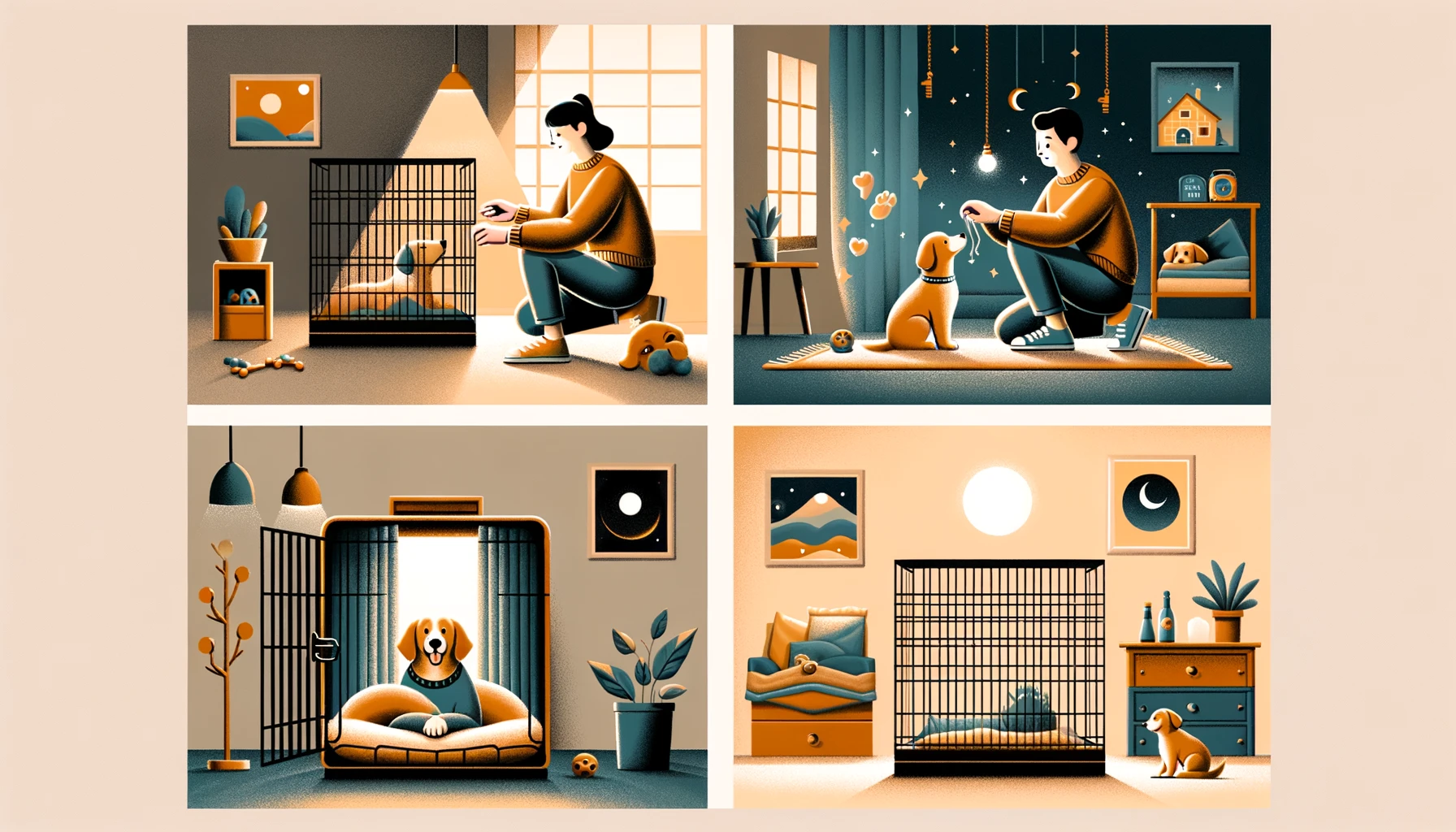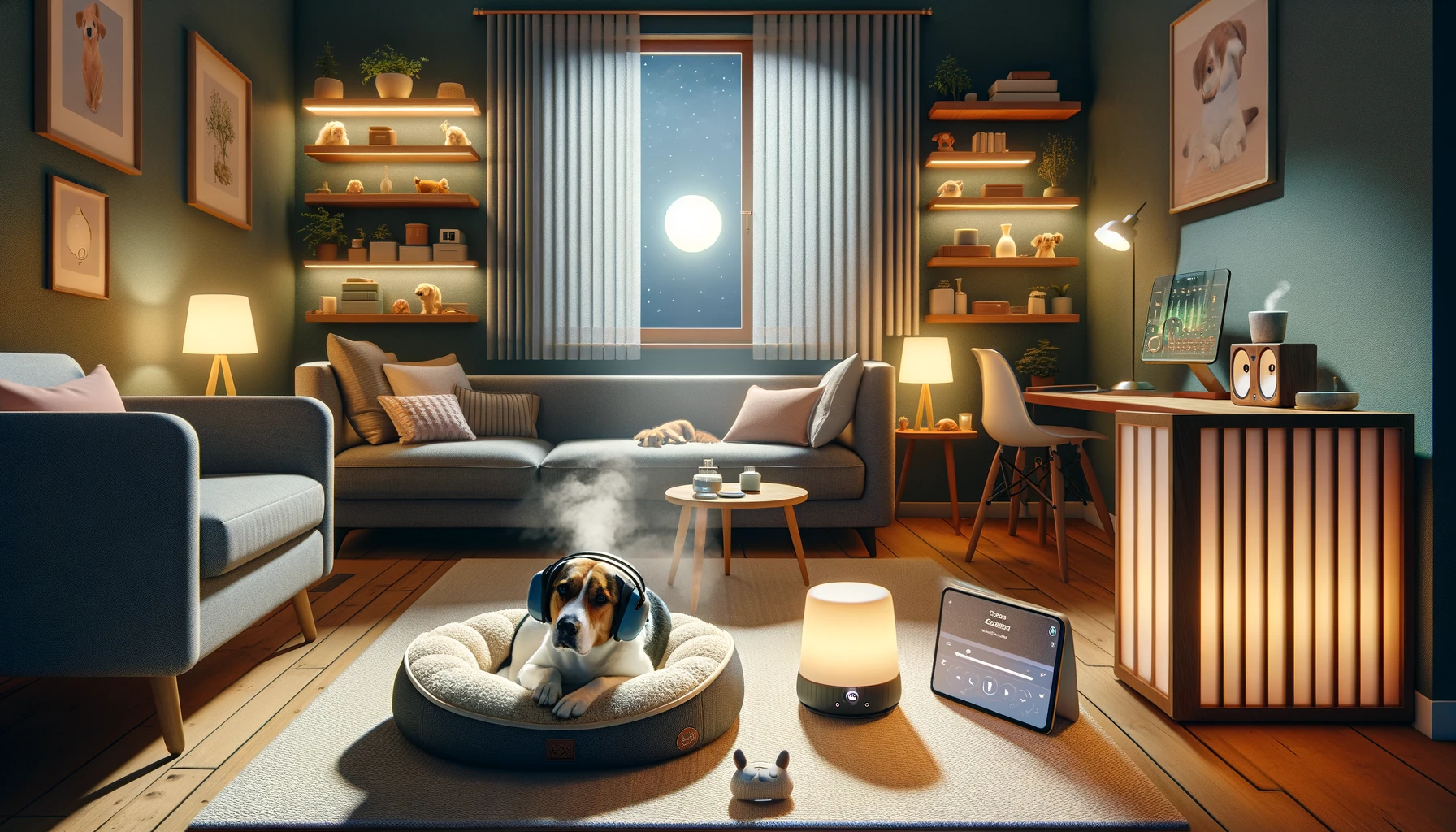Dogs are known for their unwavering loyalty, boundless energy, and heart-melting wagging tails. Yet, behind those endearing traits often lies a hidden layer of vulnerability – anxiety.
For some canine companions, the world can be a daunting place filled with unfamiliar sounds, sights, and sensations that trigger waves of fear and unease.
As loving pet parents striving to provide the best care possible for our furry friends, understanding the root causes of their anxiety is pivotal in helping them navigate through life with confidence and peace.
The journey to unraveling the complexities of a dog’s anxious mind unveils a tapestry woven with various threads – past traumas, genetic predispositions, lack of socialization, or even subtle changes in their environment.
Each pup carries a unique story etched in their behaviors and reactions; some may cower at thunderstorms while others tremble at the sight of strangers. Recognizing these individual triggers not only deepens our connection with our dogs but also empowers us to tailor effective solutions that can soothe their troubled hearts.
Join us on this enlightening exploration as we delve into the intricate web of anxiety that shrouds our beloved four-legged companions’ spirits above all else.
Creating a Positive Association with the Crate
Dogs, especially those prone to anxiety or fear, can benefit greatly from establishing positive associations with their crate. This process involves more than just placing your dog in the crate; it’s about creating an environment that feels safe and inviting.
Start by incorporating elements of comfort like soft bedding, familiar toys, and items that carry your scent. These familiar objects will help reassure your dog, making the crate a place of solace rather than confinement.
Furthermore, consider feeding your dog meals inside the crate to reinforce positive feelings towards this space. Associating the crate with something essential like food can transform it into a haven of nourishment and security for your furry companion.
By gradually introducing mealtime inside the crate and using treats as rewards for entering willingly, you’re building a strong foundation for trust between your dog and their designated sanctuary.
Gradual Introduction to the Crate
When crate training a scared or anxious dog, it’s crucial to approach the process with patience and understanding. Start by placing the crate in a quiet area of your home where your dog feels most comfortable.
Introduce the crate gradually by making it a positive and inviting space. Place soft bedding, familiar toys, and treats inside to create a cozy environment that your dog will begin to associate with safety and relaxation.
As you introduce your dog to the crate, resist the urge to rush the process. Encourage them to explore the crate at their own pace, using positive reinforcement techniques such as treats or praise when they show interest towards it.
Remember that for a fearful or anxious dog, patience is key; rushing them into the crate may exacerbate their anxiety rather than help them feel secure.
By allowing your pup to acclimate slowly and positively reinforcing each step towards acceptance of the crate, you’re creating a foundation of trust and comfort that will lead to successful crate training in the long run.
Calming Techniques During Crating Time
When it comes to crate training a scared or anxious dog, incorporating calming techniques during crating time can make all the difference in helping your furry friend feel secure and at ease. One effective method is to create a soothing environment within the crate by using familiar bedding or blankets that carry their scent.
The familiarity of these items can serve as a source of comfort for your dog, helping them relax when inside the crate. Additionally, consider playing soft music or white noise near the crate to drown out potentially anxiety-inducing sounds from outside.
Another valuable technique is implementing positive reinforcement strategies during crating time. Reward your dog with treats, praise, or toys when they enter the crate willingly or exhibit calm behavior while inside.
This not only helps create a positive association with the crate but also reinforces desirable behaviors associated with being in that space.
By consistently rewarding your dog for positive interactions with their crate, you are reinforcing a sense of security and relaxation that can aid in overcoming their fears and anxieties.
Patience and Consistency as Key Components
Mastering crate training for a scared or anxious dog requires an abundance of patience and unwavering consistency. These two elements form the bedrock of a successful training regimen, especially when dealing with sensitive canine companions.
Patience goes beyond mere waiting; it embodies understanding, compassion, and the ability to empathize with your furry friend’s fears. Remember, change doesn’t happen overnight – it takes time for a nervous pup to acclimate to their new safe space.
Consistency reinforces trust and stability in your dog’s mind. By sticking to a routine schedule for feeding, potty breaks, playtime, and crate sessions, you establish predictability that can work wonders for anxious dogs. Repetition breeds familiarity, transforming once-frightening experiences into comforting rituals.
The key is not only in the actions themselves but also in the calm demeanor and reassuring voice you maintain throughout each interaction with your pet. In this dance between patience and consistency lies the true essence of effective crate training – sculpting a secure environment where fear melts away under the warm glow of love and reassurance.
Recap and Final Thoughts
As you embark on crate training your anxious or scared dog, remember that patience is key. Every pup is a unique individual with their own set of fears and triggers.
It’s crucial to approach the process with understanding and empathy, recognizing that it may take time for your furry friend to feel at ease in their crate. Celebrate small victories along the way – whether it’s a few moments of calmness inside the crate or willingly entering it without hesitation.
Moreover, don’t hesitate to seek professional help if you feel overwhelmed or if your dog’s anxiety seems unmanageable. Trainers specializing in behavior modification can provide invaluable support and tailored strategies to address your dog’s specific needs effectively.
Remember, crate training is not about confining your pet; rather, it serves as a safe haven where they can retreat and relax in times of stress. By approaching this process with dedication, compassion, and a willingness to adapt techniques as needed, you can ultimately create a positive association between your dog and their crate – one built on trust and security.






